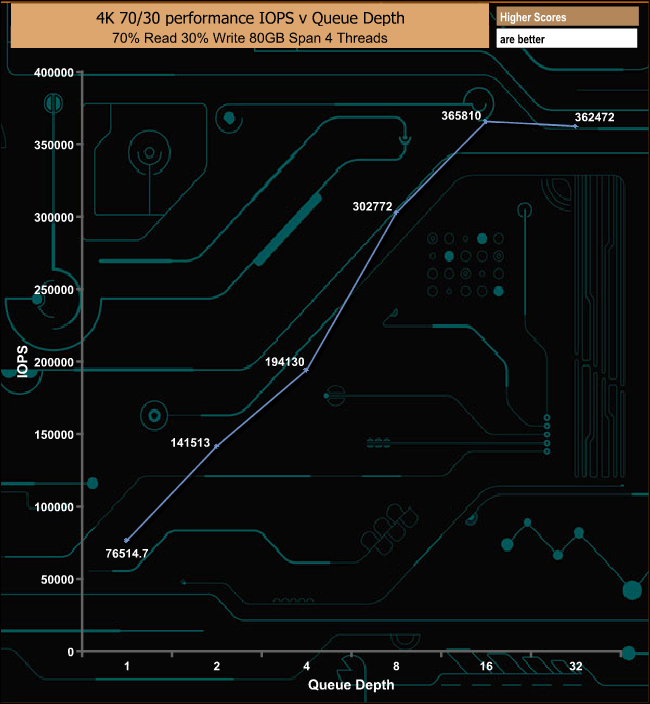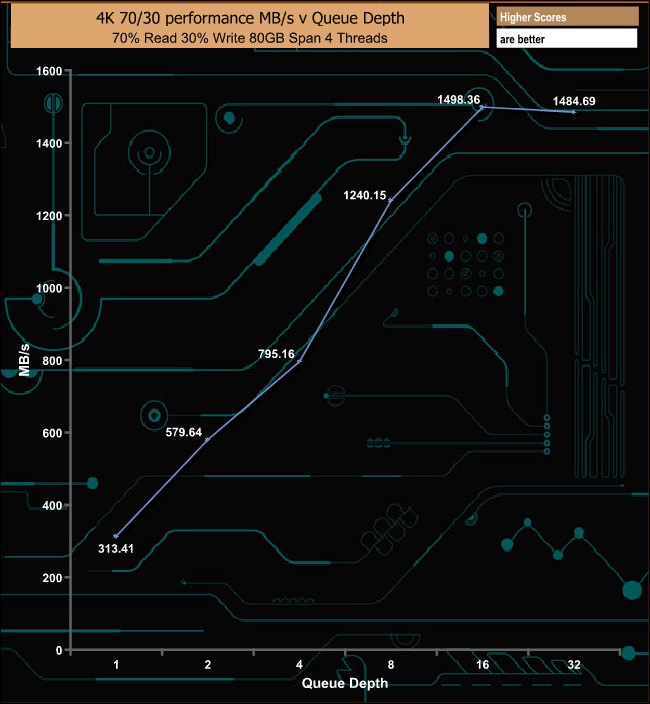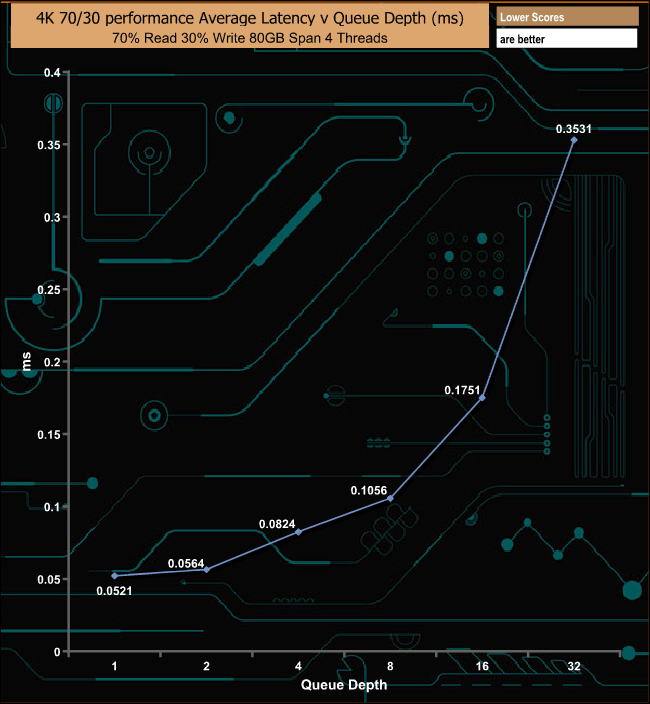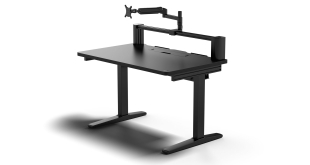The WD Black SN850 performs very well in our 70/30 read/write mixed test reaching a peak of 365,810 IOPS (1,498MB/s) at QD16 before slipping back to finish the test run at 362,472 IOPS (1,484MB/s).
Tags 96-layer BiCS4 3D NAND NVMe PCIe Gen4 x4 Review WD Black WD G2 controller
Check Also
Corsair Platform:4 Desk Review
The Platform:4 desk adds a smaller option to the desk line-up from gaming giants Corsair
 KitGuru KitGuru.net – Tech News | Hardware News | Hardware Reviews | IOS | Mobile | Gaming | Graphics Cards
KitGuru KitGuru.net – Tech News | Hardware News | Hardware Reviews | IOS | Mobile | Gaming | Graphics Cards





